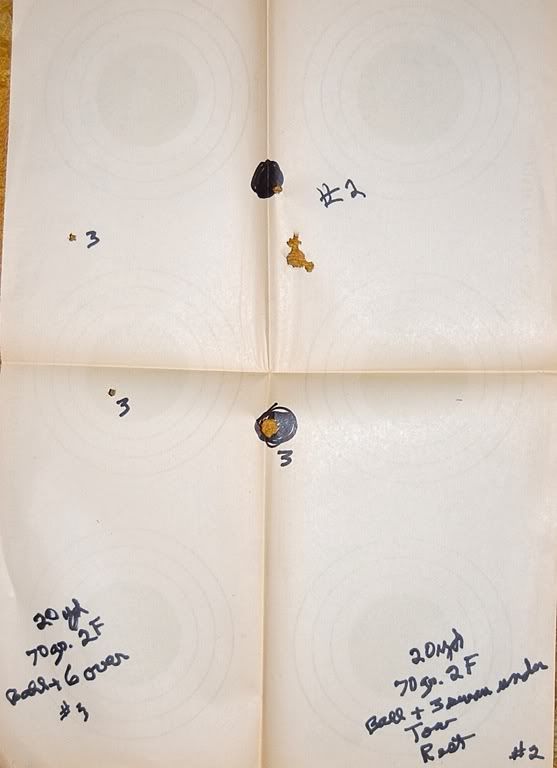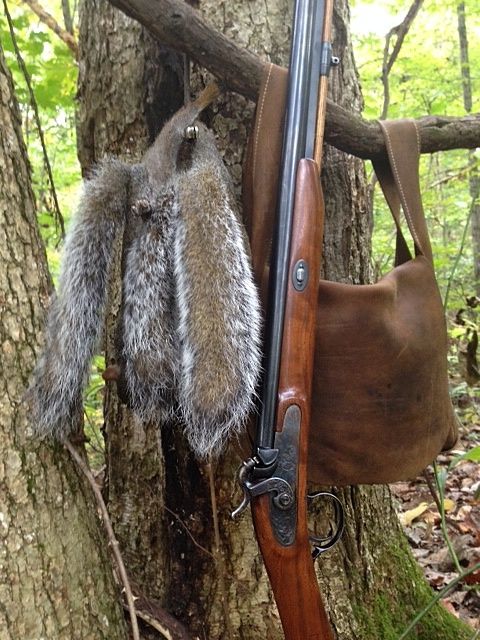Skychief, your Special Load is a puzzle to me. It defies logic, and that always makes me nervous. This thread had me thinking about it, what could possibly be the mechanism of an improvement because of a heavy weight on top of the load. Something triggered a memory which might be related, probably is not. A coincidence, in all likelihood, but I thought I’d mention it.
Two or three years ago I was running some trials with buck and ball in my 20 gauge smoothbore, using tow for wadding...historic, you know. I was loading 3-6-9 swan shot on top of the ball and having very poor luck getting any patterns either tight or repeatable. I had 2-3 runs at it over several days, and had just about given up when I recalled a photo recently posted of an original Brown Bess recovered from a sunken ship, I think, and X-rayed. It was still loaded with buck and ball, but the buck were under the ball, not over it. I decided to try that before I quit. Voila! Night and day. Consistent small groups almost every shot, some remarkably so. Here are a couple of typical targets.
On this one, the balls of both shots went through the same hole, but the 3 swan of #1, over the ball, were widely scattered, while the 3 of shot #2, under the ball, made a 4” group around it.

On this one, shot #2, with 3 swan under, made a 2” group with 2 swan touching the ball, while shot #3, with 6 swan over, had the ball in the bull but 4 of the 6 swan were not even on the paper.

As I said, small chance there is any relation in the mechanisms, but both your Special Load and my buck and ball trials had good results with the heavy stuff up front...it does make me wonder. :hmm:
Spence







